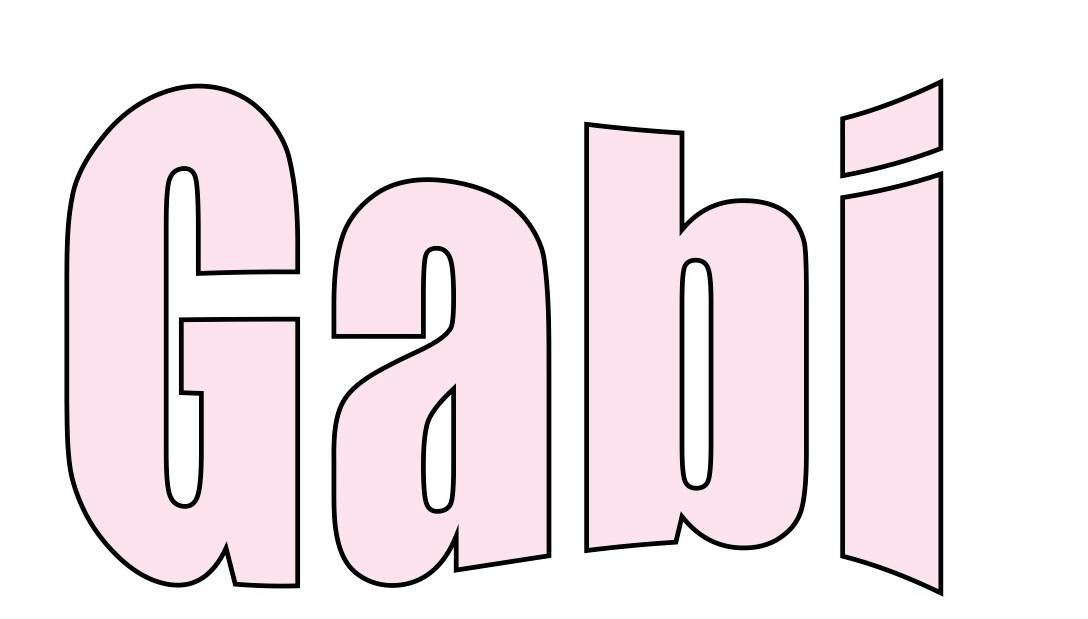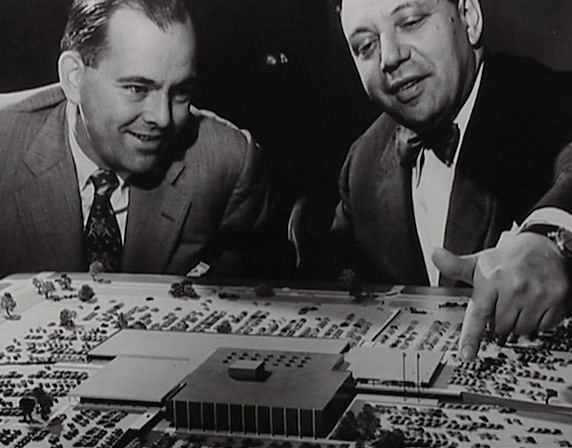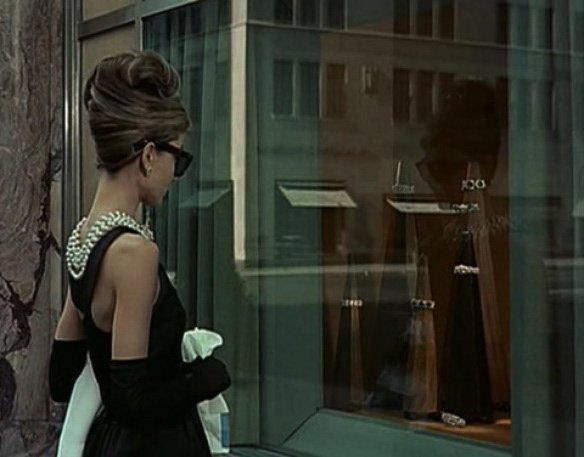Diors 3Dior Makeup Experience
AR/VR capabilities have been creeping into beauty for a while, but until now, American consumers have always been hesitant to embrace them.
While the innovations were in place, like Neutrogena's Skin 360 and Sephora's Virtual Artist, a lack of consumer adoption in the U.S halted the virtual beauty market's launch into true growth.
Analysts have been making bullish bets on immersive beauty for a while now, but because U.S consumers weren't quite sold on it, the market was still not reaching its fullest potential and lagged behind Asian markets where consumers were quicker to welcome AR/VR into the beauty sphere. No surprise there, as Asian markets, historically, have been ahead of both the technology curve and beauty trends.
South China Morning Post: "Personalized skincare: Chinese tech firms muscle in on L’Oreal, Neutrogena and other beauty brands"
Pre- Covid, immersive beauty in the U.S was largely stuck in a nascent stage. Americans were toying around with beauty sponsored snapchat filters and in- app features but immersive beauty still wasn't a necessary part of the consumer journey, just bells and whistles.
Now however, that covid has sent the beauty industry into hyper-digital territory, immersive beauty is taking center stage in every beauty brand's path forward.
Covid may be the push VR/AR needs to achieve realized growth, but in order for brands to lean on immersive beauty successfully and integrate it into a new and socially distanced customer journey, a strong trialing aspect needs to be digitally replicated somehow.
Trialing is the missing puzzle piece in every beauty brands strategy right now, a missing puzzle piece that holds a million dollar opportunity for brands as consumers are four times as likely to buy a beauty product if they can trial it first.
L'Oreal Modiface, L'Oreal USA
In 2018 L'Oreal acquired Modiface in an effort to pioneer the American AR market. This. followed Shiseido's acquisition of Giaran in 2017
Pre-Covid- the lack of U.S appeal for AR/VR beauty had a lot to do with its tactility shortfall. AR's inability to properly mimic the sensory elements of trialing and sampling had always been it's Achilles heel.
It's those sensory elements of the beauty customer journey that continued to drive consumption in physical stores while its apparel counterpart shifted to digitally dominant mediums of consumption. Beauty has always been a hand to face business and that has always interfered with its digital adoption, at least at sampling touch points.
With the overwhelming amount of beauty options on the market, women want to taste a sprinkle of each shade, texture, and scent before they decide on a product. Not doing so, she may be missing out on something better.
For that reason, before Covid, brick and mortar still continued to account for a disproportionate amount of beauty sales compared to other retail categories that have taken on a e commerce heavy P & L. Physical beauty retail was actually still growing and brands were still investing in it.
Most testament to Beauty's unwavering commitment to physical retail is Ulta's 2018 reveal of its plan to open up 100 new stores throughout the country. Ulta was continuing to ramp up a retail heavy model while other brands were transitioning to digital- first models.
Of course- in light of the pandemic, Ulta has rolled back that number to 30, but case in point- Beauty has maintained a strong retail element while other sectors were forced to reckon with e commerce forces- at least- until now.
Its largely trialing and beauty personalized consulting that drove persistent traffic into physical beauty stores, but without these two elements the future of beauty will likely conjure the so far rhetoric of retail- a digital subversion.
Lets be Real, Community Sampling Was Never Sanitary
We've all seen that lady dig her dirty fingers into the floor lipstick sample and spread it around her crusty lips! Ick! Or the untamed three-year-old that shoves a basement shelf eyeliner into her mouth, sucks on it and then tosses it onto the floor.
For all you know, when you sample a product you could be applying a juicy tube of herpes onto your lips or painting your eyelids with stye!
Community sampling has always been suspicious, and a lot of consumers, myself included, strayed from it. In 2016, Health Promotions Perspectives released a study finding Ecoli, staph, and strep in a random sample of different beauty testers in stores throughout the country.
Truthfully, sampling has always been a cesspool of germs and now a pandemic has solidified just how disgusting it actually is.
So is there any future for trialing? Can trialing be salvaged?
Brands are responding with a new and improved sampling model: end to end contactless sampling. RPG, a retail design company is working with its clients to create low touch and motion activated dispensers that can be attached onto beauty counters. Mieyume a beauty packaging and retail solutions company is launching several different touchless applicators such as the Gemstone Facial Wand that allows customers to apply skincare products without having to dip their fingers in the product, preventing them from contaminating the rest of the product with their hands.
Mieyume's Gemstone facial wand
Some stores are turning to whats called sample by request, but if the consumer has to jump through a bunch of hoops to get a tiny sample, they might just opt out altogether.
It's very likely that as Covid drags out beauty brands will concede that the sampling model no longer fits the shoe. Even the most hygienic sampling model is only slightly less repugnant and is inevitably at odds with our new covid reality.
It might be time for brands to usher in an entirely different mode of trial, but if it can't be tactile it needs to be extremely immersive and thats where AR/VR comes in.
Redefining the Customer Journey without Sampling
It's hard to imagine a beauty customer journey without sampling but as the virus persists sampling may very well become a vestige of our old world.
For now, online reviews stand in lieu of sampling. But many consumers are well aware that reviews are privy to brand bias and curation, and for that reason lack true credibility. Something more agnostic has to give.
AR/VR is the closest semblance of trialing that customers are probably going to get. It's not tactile but right now neither are consumers. The new sales driving question is not which shade of lipstick will turn heads at the party, but which shade looks better on zoom, or in a selfie.
In other words, the question is less of "will it look good on me?, but more of "will it look good on digital me?".
Playing to a sort of "dressing up your digital identity" narrative could help drive consumers up the adoption curve and urge them to welcome virtual reality as an ample substitute to trial.
Snapchat and Instagram have shown that its already intuitive for young consumers to put filters on their face, so the potential to convert to digital try on is certainly there. Brands just need to figure out how to tap into that potential.
Beauty Brands can look to AR adept brands that have high adoption and penetration rates like Warby Parker.
For most of Warby Parker's customers, their journey has always taken place almost exclusively online. The physical store only serves to bolster brand equity and drive traffic online.
To drive consumers up the learning curve the integration of AR/VR technology needs to be fluid. It not only needs to add value to brands but it needs to be straightforward.
It's the carking complexity of AR/VR that has created such a heavy lag in U.S adoption so far. Any convoluted customer journey can disincentivize consumers from purchasing products at all.
So as brands introduce AR/VR into the nuanced customer journey a strong education element is crucial. Brands should focus on ease of use and make sure it flows seamlessly into its brand story.
Fifty Shades of Red: A More Efficient Method of Choice
There might be something to be said about welcoming a different choice methodology into Beauty's path to purchase. In- store product discovery is fun, and for makeup lovers Sephora is literally- heaven. But an endless sea of choices is always anxiety inducing- no matter how you look at it.
Being able to try on fifty shades of red without getting crusty lips is an enticing proposition to me. A virtual try on that matches your lip shade or skin shade in seconds like a fingerprint scan allows the consumer to be more deliberate and focused with her search instead of being lost in a sea of similar options, or lured in by products she doesn't need- this is not a new phenomenon.
What If Editorial Sampling Made a Comeback?
Maybe magazine sampling, a vestige of the 90's could make a comeback later on in the horizon.
Magazines like Allure have been huge drivers of product discovery and customer acquisition. Allure especially has always been an agnostic source for consumers, the Allure Beauty awards serving as the sort of Oscars for beauty products.
Allure recently announced its November issue will feature "in-book beauty sampling", and "will consist of four sections like a department store: Makeup, Skin, Hair, and Fragrance. Allure's digital issue will take on "digital sampling" for the first time. It has partnered with YouCam Makeup an agnostic beauty app that will allow users to take selfies and trial from "hundreds of beauty brands and retailers".
So is AR/VR the new sampling? I think it is. Ultimately, immersive beauty is intersecting/ filling in the need gaps for trial and brand interaction.
Virtual beauty seems like it might finally be lifting off the ground, but time will tell if the momentum will continue to build or fizzle out once there is a vaccine. Just like there could be a pent-up desire for connection and human touch- there could be a pent-up demand for tactility.
But shopper routines and paths to purchase become habitual and if done right, consumers will climb the adoption curve and there won't be any going back.
When AR/VR strikes it will strike hard.




